Story of the month
Taking
Care
Photos: American Supply
Photos: American Supply
Photos Britt Roelse & Francine Meerveld, courtesy Francine Meerveld
Photos: American Supply
an immersive experience at Dutch Design Week by Francine Meerveld
22-30 October 2022
We are delighted to collaborate with Francine Meerveld, during Dutch Design Week 2022 - Northern Europe's biggest annual design fair - on her immersive installation: De Trip. Francine is an interior architect and the founder of the FELD agency: "FELD works from the belief that people feel better in well-designed spaces. With a genuine interest in people and their well-being, we strive for end results that are uplifting and inspiring. Our office is characterized by being a good listener. Context is key. Our strength is to look further, to seek depth. In this way, we offer innovative insights and spatial creativity. The aim is to bring people, architecture and the (brand) story together in synergy." FELD website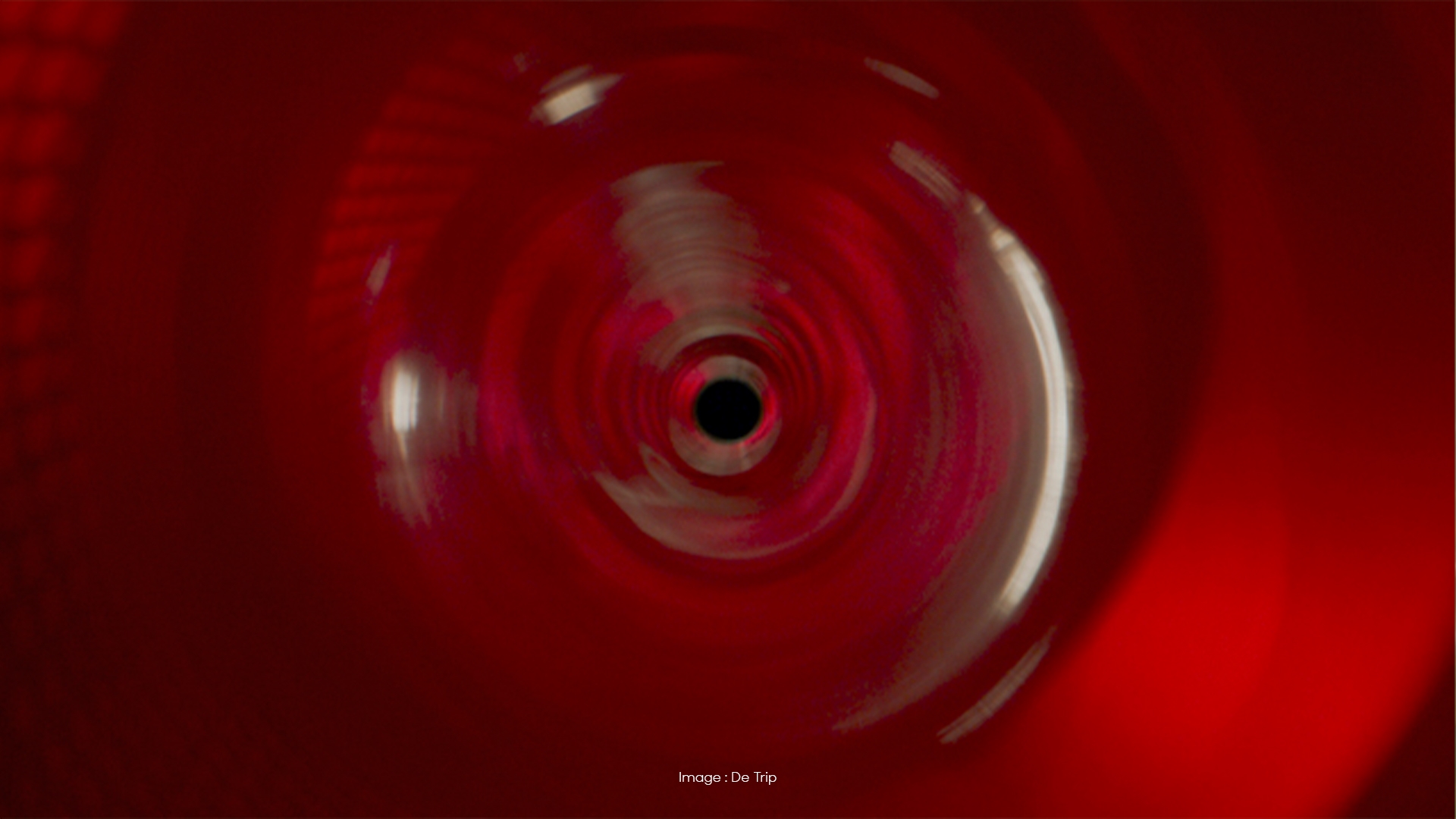
"I find it important to keep reflecting on my work and goals. If FELD works from the principle that people feel better in well-designed spaces, what would happen if we forget about functionality and work on a project where this belief is the starting point and singular goal? Creating a space that solely targets feeling, being and experiencing? This thought is developed into an actual project and space.”
In turbulent times, De Trip gives a small immaterial escape, an inspiring experience into a different dimension. We don’t have to go far to go on an inner journey.
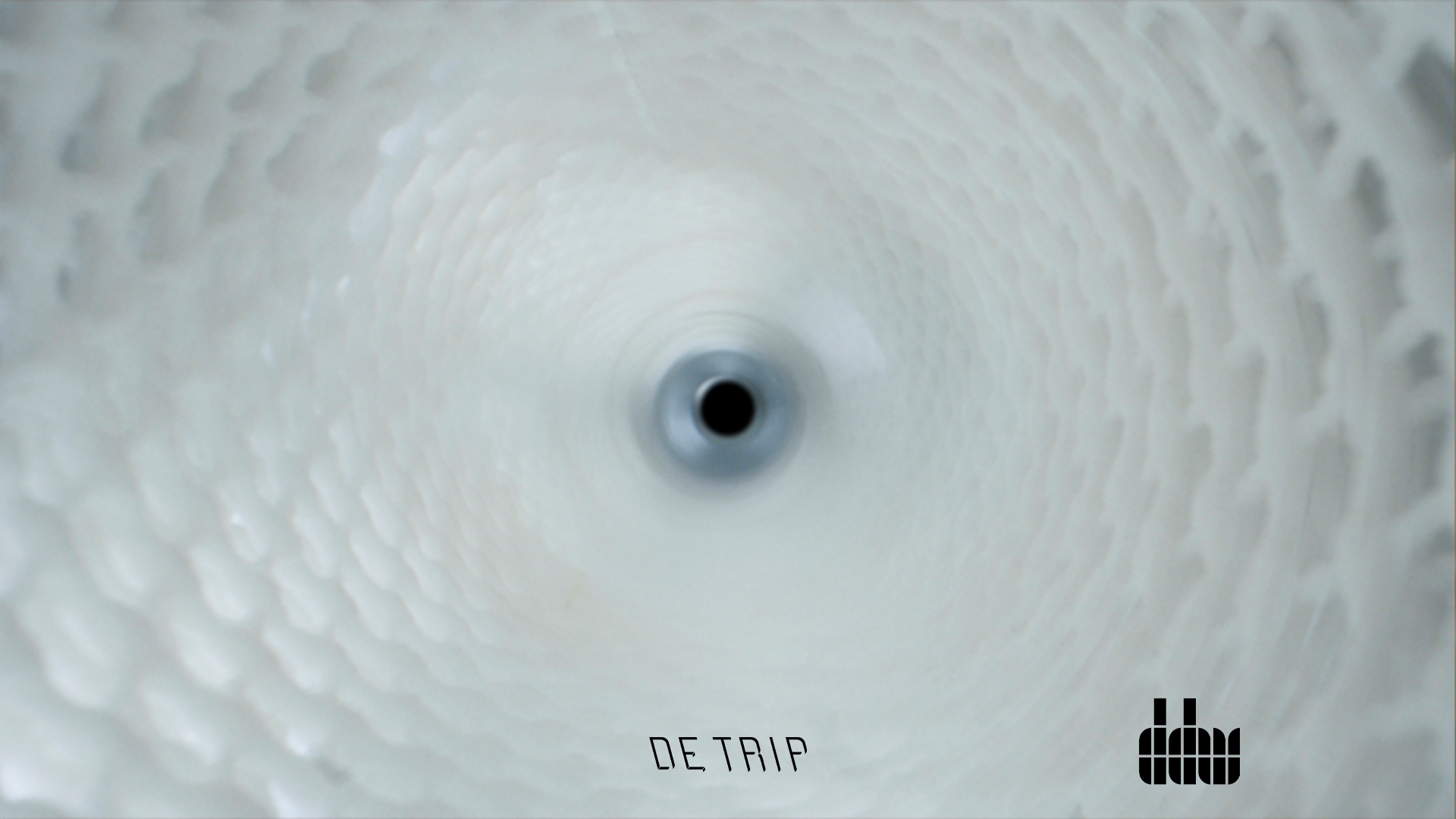
Location DDW’22
Gebouw TQ Basement
Achtseweg Zuid 151
5651 GW Eindhoven
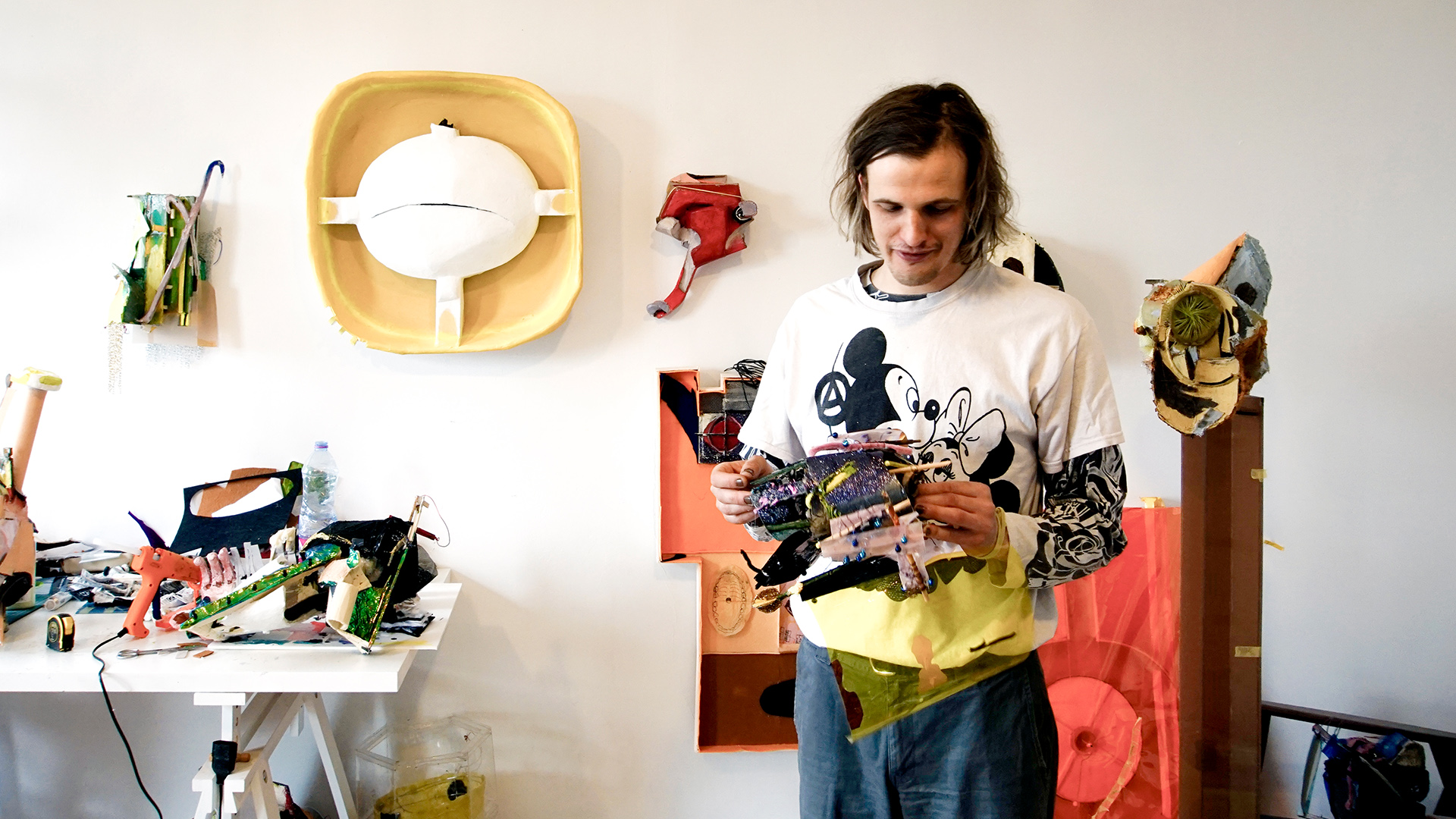
Sculptural works incorporating American Supply materials
Images courtesy of Anders Dickson
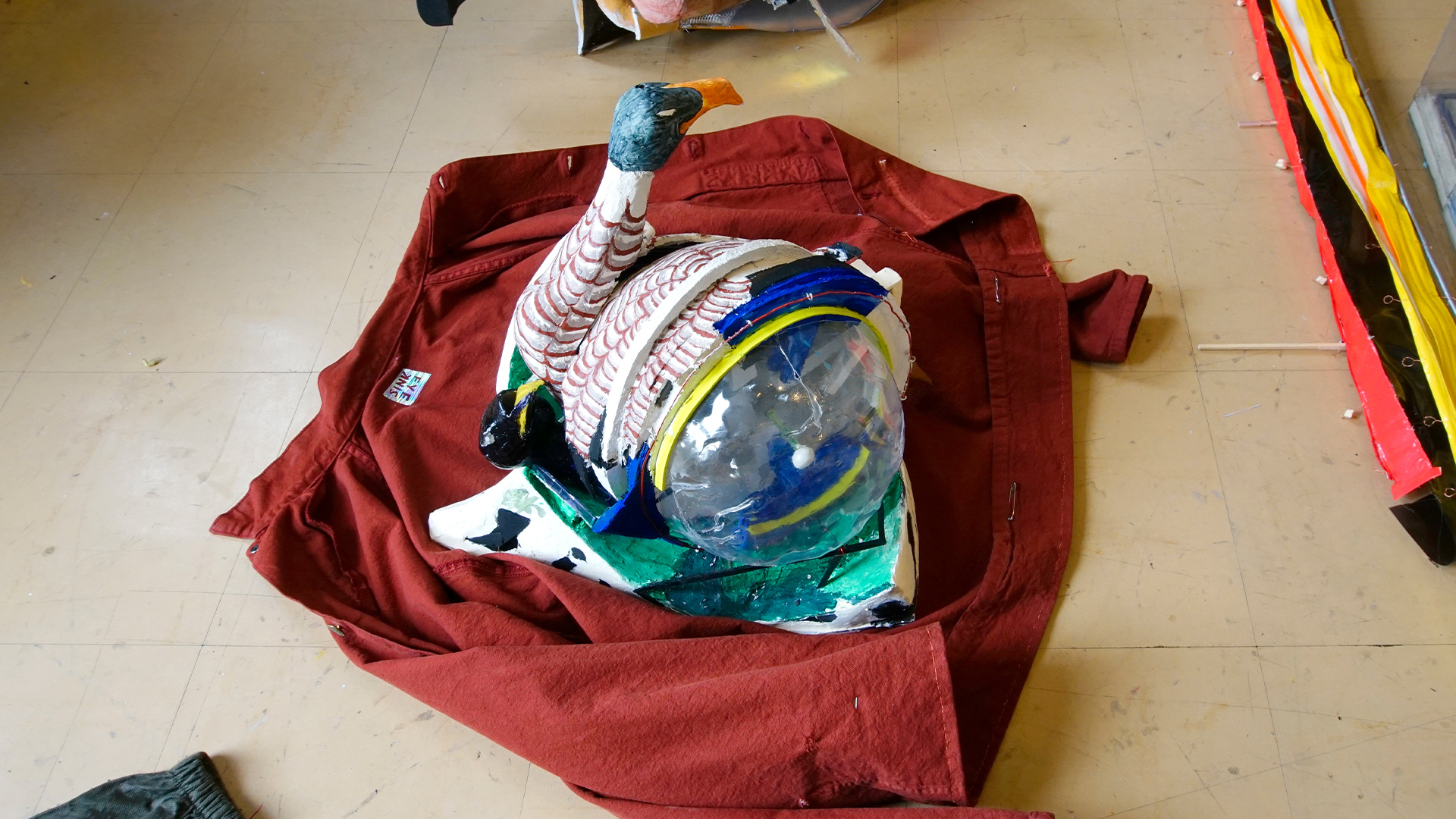
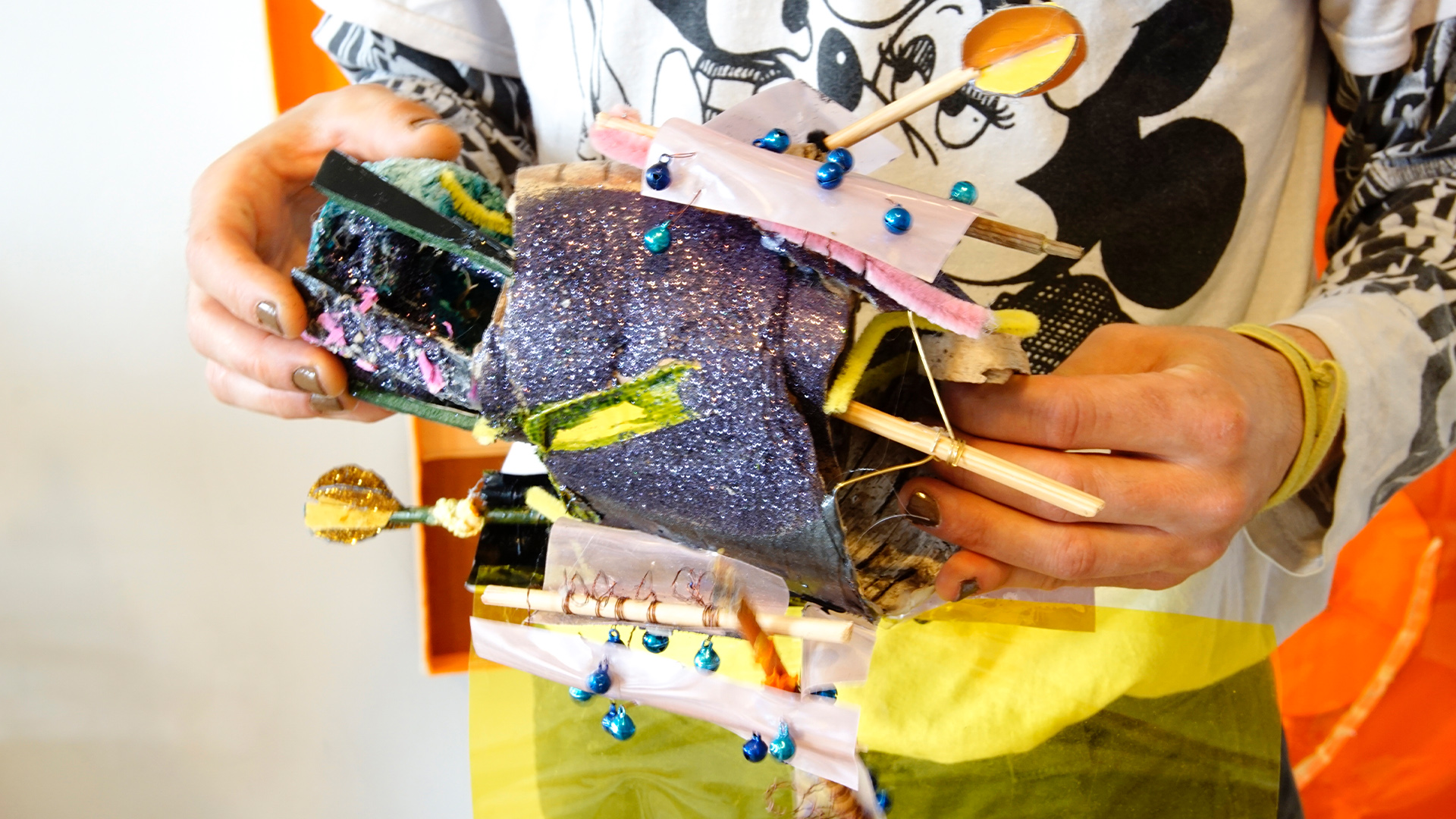
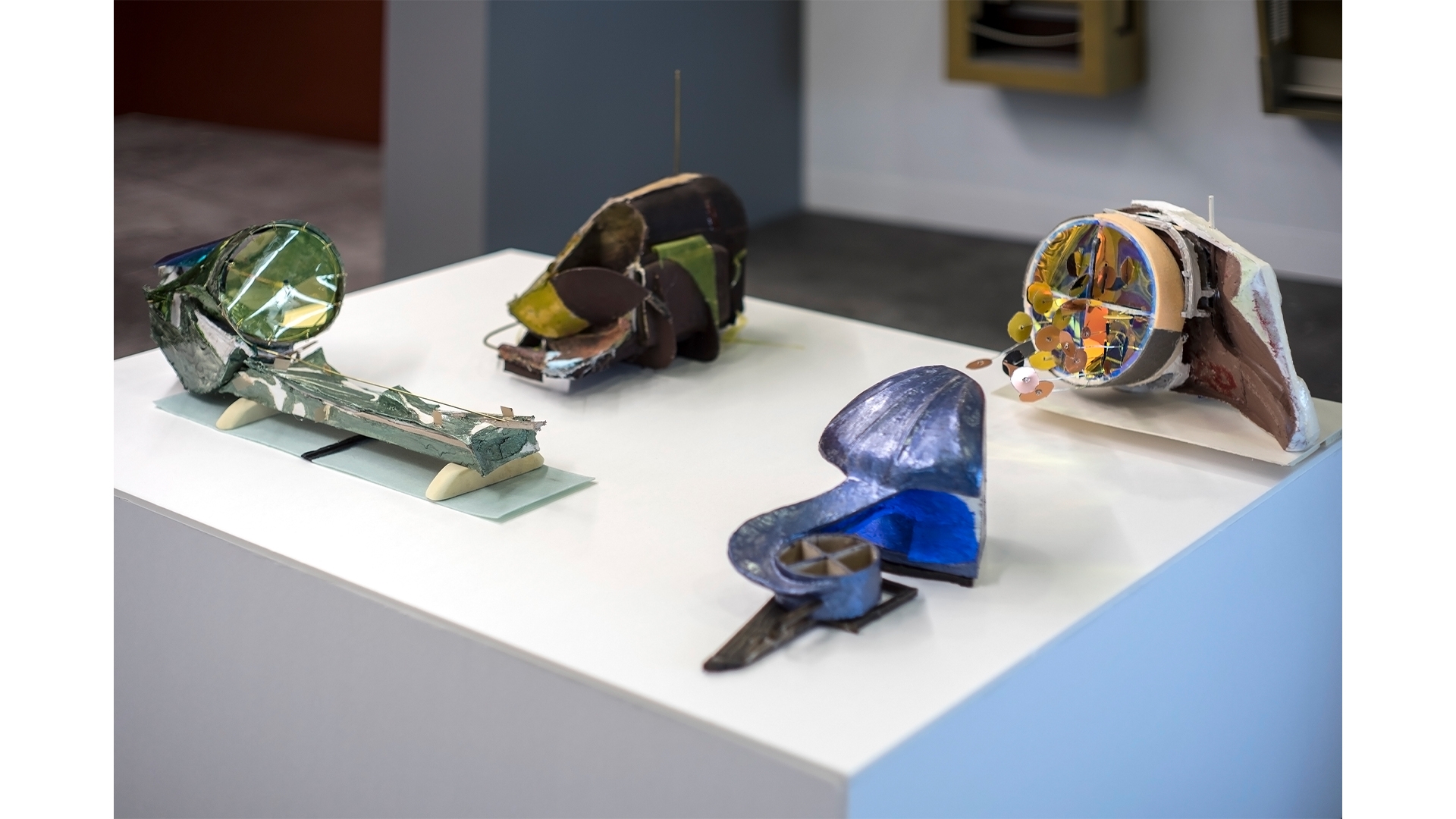
Sculptural works incorporating American Supply materials
Images courtesy of Anders Dickson
Anders Dickson's show in Amsterdam opens on April 23rd, at PAKT art centre
P/////AKT Zeeburgerpad 53 1019 AB Amsterdam
All images are courtesy of American Supply & Anders Dickson unless otherwise stated.
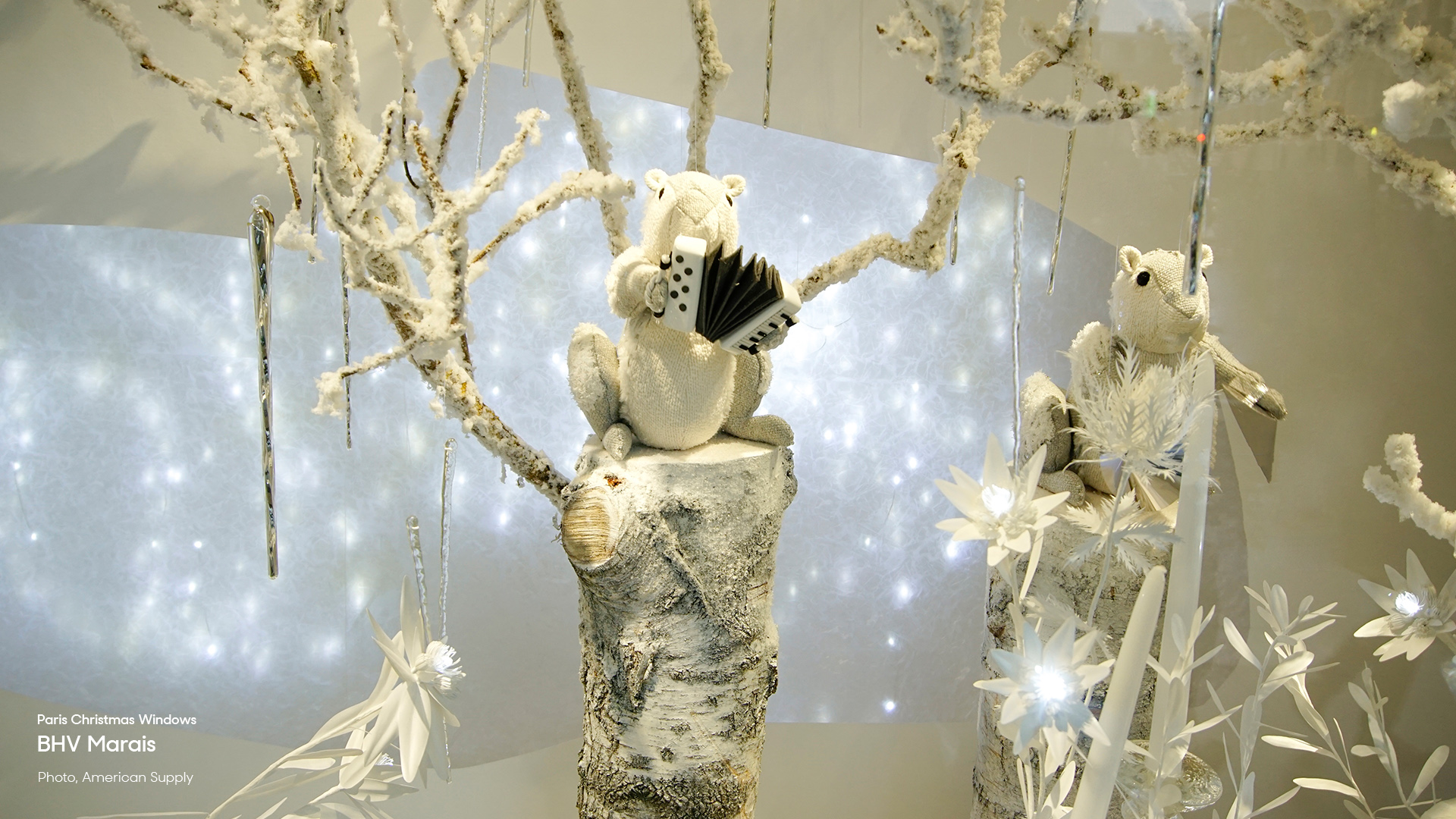
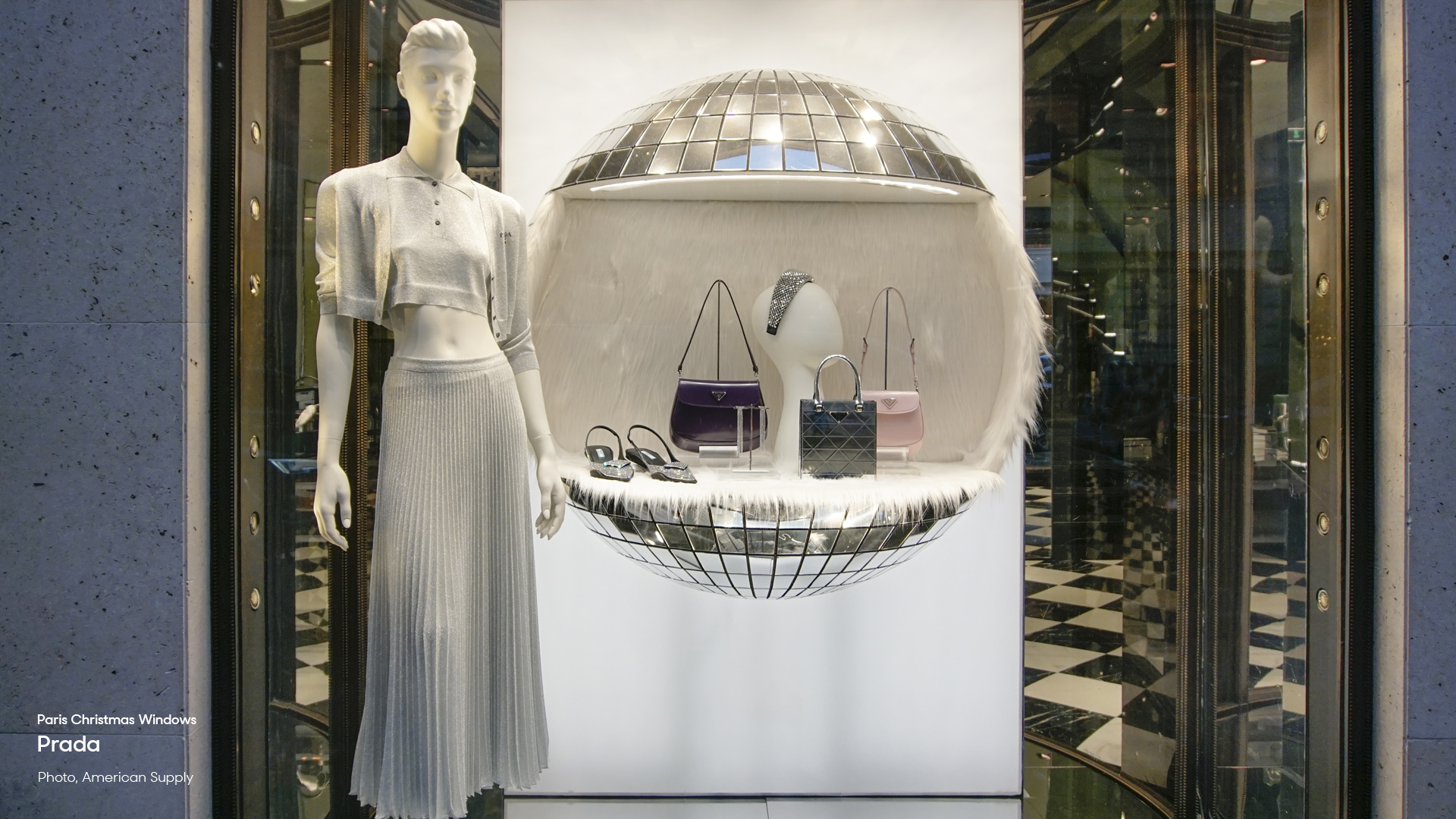
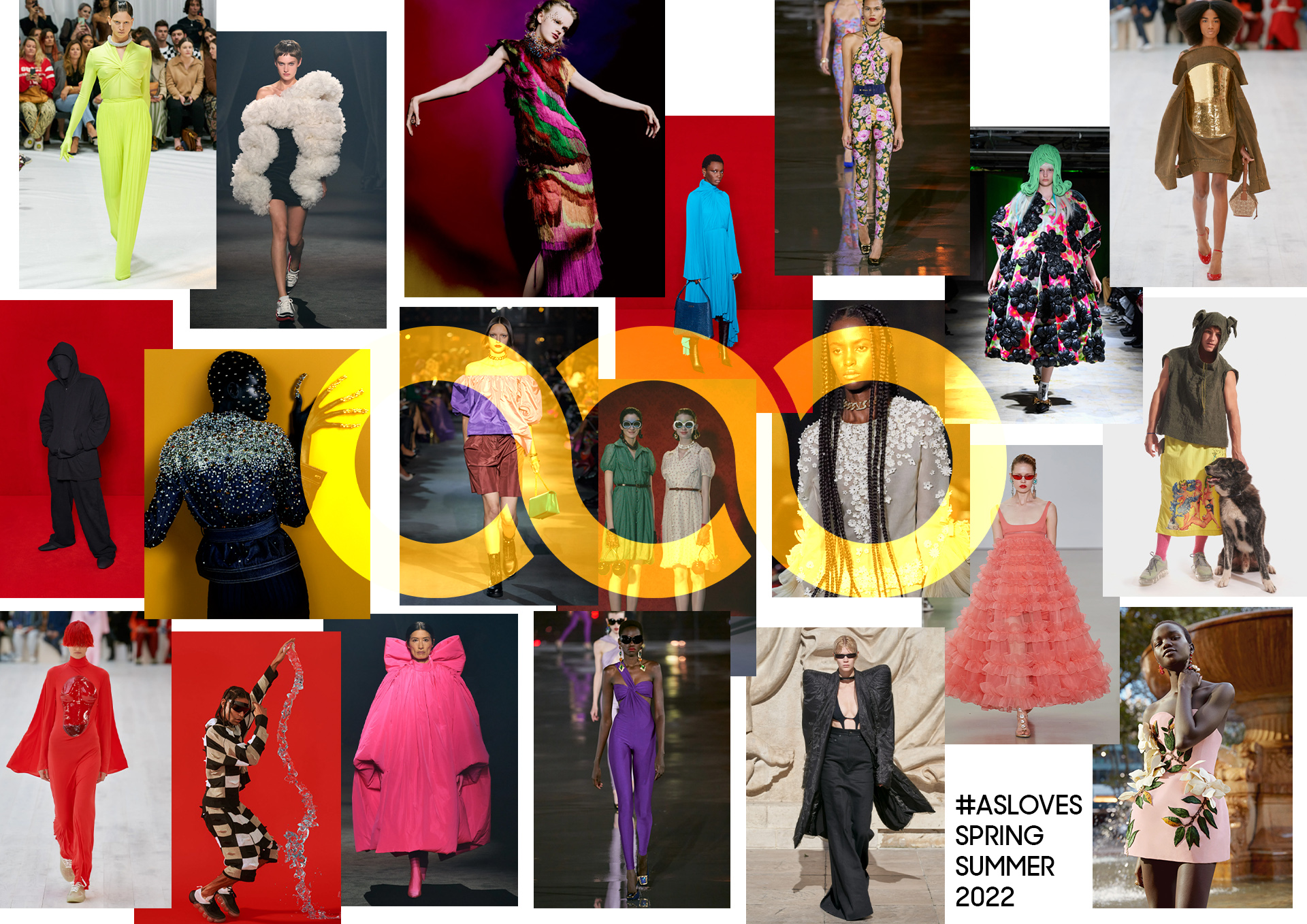
Our team choose - and commented on - their favourite looks from the recent Spring/Summer 2022 collections in Paris and show you what’s on their fashion wishlist for next summer!
Collages: American Supply
Credit Photos: Vogue Runway & Bernhard Willhelm